In previous decades, propaganda work mainly operated in the traditional way, with direct forums as the center: propaganda conferences, ward and commune loudspeakers, propaganda documents, billboards, posters, leaflets, etc. These were suitable tools in a society where there was no internet, mass media was limited, and people mainly accessed information through official channels controlled by the Party and the State. The model of "one-way communication" - where the propagandist was the "speaker" and the public was the "listener" - was effective in that context.
However, the explosive development of digital technology and new media has fundamentally changed the structure of social media. The modern public is no longer a passive recipient, but has become the subject of creating, sharing, and even shaping information. Young people - the force with the highest level of access to technology - choose short, fast, visual and emotional forms of communication: video clips under 1 minute, infographics, podcasts, articles with animations or interactive livestreams. Meanwhile, workers, farmers, and people in remote areas - once a difficult-to-reach target group - now have smartphones, 4G, and Wi-Fi coverage in villages, factories, and even on the fields. They use social networks as a daily "companion", not only for entertainment but also to learn about policies, lifestyle trends, and respond to social issues.
In that context, propaganda and mass mobilization work cannot stand aside, and even less can it lag behind communication practices. Still applying old, uncreative, dogmatic communication methods can easily lead to a gap between propaganda content and social reception needs. If one step is slow, the opportunity to spread is lost, if one step is wrong, it creates a gap for fake information to creep in. In the era of information explosion, propaganda and mass mobilization work cannot be allowed to be slow. That is not only a guiding principle, but also a lesson for those who do propaganda and mass mobilization work today: if it is not timely, accurate and appropriate, it will create a gap for false and harmful information to creep in and overwhelm the voice of truth.
Especially in the “post-truth” era, when emotions take precedence over reason, social networks become places where fake news, distorted news and reactionary arguments can spread at breakneck speed, the role of propaganda becomes even more crucial. If we do not proactively occupy the media space, provide accurate, timely, attractive and easily spread information, then propaganda and mass mobilization work will be passive and weak in the face of a volatile “media battle”. In reality, there have been many cases where a piece of false information has greatly affected social stability and the reputation of Party organizations and local authorities, because the propaganda force has not responded in time, or has responded incorrectly and ineffectively.
Therefore, shifting from one-way communication to multi-dimensional communication, interaction, and personalization of messages is a mandatory requirement in the current period. Propaganda workers not only need to be good at theory and have profound ideas, but also need to understand digital communication language, digital content design skills (content creator), and know how to use platforms such as Facebook, TikTok, YouTube, Zalo, Telegram, etc. to convey propaganda content flexibly, creatively, and appropriately for each specific audience.
Not stopping at tools, a modern propaganda strategy needs to be built based on a new media ecosystem, in which AI (artificial intelligence) is applied to synthesize data, detect public opinion trends; use big data to classify public groups by age, region, and reception behavior; deploy social listening to detect early signs of negative and negative reactions and orient handling. At the same time, it is necessary to build a "digital propaganda command center" with a modern management model, connecting from the Central to the grassroots, and being able to quickly coordinate communication campaigns in real time.
However, technology is just a tool. The core is still the innovative thinking, strategic vision and political courage of the propagandist. Because the ultimate goal is not just to “tell the people”, but “to make the people believe, understand, follow and spread”. To do so, the propagandist in the digital age needs to play the role of an attractive “political storyteller”, connecting the Party’s ideology with the people’s consciousness in a modern, easy-to-understand language that touches the emotions.
In mountainous areas like Son La , the task is even more special: it is necessary to propagate policies in ethnic languages, tell stories of local culture, and use images close to rural life and remote areas. Propaganda must integrate elements of identity - technology - emotion so that the propaganda content truly lives in the hearts of the people and does not remain in writing.
In the context of digital transformation and the current information explosion, propaganda work cannot follow the traditional path. In Son La - a mountainous province with many difficulties, a large area, a scattered population and up to 12 ethnic groups living together - this task poses even more specific requirements. In recent years, the Son La Propaganda Department has made many strong changes, demonstrating a proactive spirit, courage, flexibility and close adherence to local realities, contributing to spreading the Party's policies to every village and every person.
The effective construction and maintenance of the electronic information page and fanpage "Propaganda and Mass Mobilization of Son La" is a clear demonstration of the new thinking of the industry. Not only timely updating of official information, short, lively and viewer-friendly video clips, especially using the Mong and Thai ethnic languages, have shortened the gap between propaganda and information reception. This is not only a way to "tell people to understand", but also a way to "speak in the language of the people", "speak at the right time, to the right audience". As President Ho Chi Minh once taught: "Propaganda must be practical, at the right time, in the right place, to the right audience, at the right time when people need it."
These products have effectively reached remote areas – where social networks can reach before newspapers – thereby affirming the leading role of information of local propaganda systems in the digital age media battlefield.
In wards such as Moc Chau, Moc Son, Van Son, Thao Nguyen, Thuan Chau commune, Yen Chau commune... (Formerly Moc Chau, Yen Chau, Thuan Chau districts), the online multiple-choice test movement to learn about the Party Congress Resolution and the history of the local Party Committee has attracted tens of thousands of people, cadres and party members to participate. This is not simply "testing to know", but "learning to understand - understanding to follow", in line with the spirit of the 13th Party Congress: "Strengthening political and ideological education... innovating the content and methods of propaganda work in a proactive, convincing, effective, practical and suitable direction for each target group."
The “Community Digital Library” model in Chieng Mung commune (formerly Chieng Bang commune, Mai Son district) is an initiative that connects propaganda and education work. Not only does it support students in online learning, it is also a place for rural people to access official information, improve their knowledge, and contribute to narrowing the digital gap between urban and rural areas.
In some schools, online political ideology forums, where students can make videos and podcasts to express their awareness of political and social issues, have created a new breeze in revolutionary ideal education. No longer dry lectures, political concepts are now "modernized" through the creative lens of students. For example, at a high school in Muong La commune, a group of students created a video about Uncle Ho's life in the form of animated storytelling combined with folk music - not only attracting a large number of views on TikTok but also arousing patriotism in a natural and close way. During peak periods such as elections or COVID-19 prevention and control, the propaganda system from the province to the grassroots has taken drastic action, closely coordinating with the official media system and social networks. A series of official information is updated promptly, contributing to orienting public opinion, pushing back misinformation, and preventing a "media gap" from occurring.
Thanks to that, social trust is strengthened, people proactively implement the recommendations and regulations of the State, creating a positive spillover effect. This practice proves the profound statement: "If you are one step behind, you will lose the opportunity to spread, if you make one wrong step, you will create a gap for fake information to infiltrate."
In the digital age, propaganda and mass mobilization cadres must change their role from communicating to inspiring, from popularizing to leading. They are modern “political storytellers”, who know how to connect the Party’s ideology with the minds of the masses, using the language of social networks, images, and sounds – touching emotions. This requires strong political will, strategic vision and technological capacity, as General Secretary Nguyen Phu Trong affirmed: “Propaganda cadres must be pioneers in awareness, sensitive to new things, know how to speak so that people understand, believe, and follow.”
Digital transformation in propaganda and mass mobilization cannot stop at slogans or political will, but requires a comprehensive ecosystem including: technology platform, quality human resources, appropriate policy mechanisms and synchronous technical infrastructure. To realize that in Son La province - a mountainous locality with many difficulties - it is necessary to start with methodical, practical steps and a specific roadmap.
Firstly, it is necessary to research, develop and implement the Project "Propaganda and Digital Mass Mobilization in Son La Province" with a long-term vision, emphasizing the goal of synchronizing information technology infrastructure, standardizing propaganda data, and developing a shared digital platform for the entire propaganda system from the province to the grassroots. This will be the infrastructure pillar to help increase connectivity, sharing, synchronization and efficiency in propaganda activities and political theory education.
Second, invest in expanding wifi coverage to remote areas, especially at schools, cultural stations, and commune-level headquarters - where propaganda officers are based. At the same time, it is necessary to equip basic digital devices such as computers, cameras, video editing software, image processing, and digital content management, helping the propaganda team have enough tools to adapt to modern, multi-platform propaganda methods.
Third, promote training and fostering of digital skills for propaganda and mass mobilization teams at all levels, especially skills in creating content on social networks, handling media situations, refuting bad and toxic information and spreading positive information. Training courses need to be organized regularly, flexibly, linked to practice, and highly applicable.
Finally, it is necessary to promote the role of the young force - union members, association members, students - as "digital ambassadors" in propaganda work. They are the digital native generation, knowledgeable about technology platforms, capable of creating and spreading messages about the Party, homeland and country in modern, familiar forms such as short videos, infographics, vlogs, podcasts... Digital transformation of propaganda work is not simply putting content online. It is a fundamental innovation in thinking, organization methods and public approach. And to be successful, it is necessary to have the synchronous participation of the entire political system with a spirit of determination, creativity and daring to take the lead.
Carrying out propaganda and mass mobilization work in the digital age is not only a "messenger" but also an ideological "guide" - the core force protecting the Party's ideological foundation against the current chaotic, complex and easily disturbed information flow. In a fragmented media society, if one does not proactively create information, master the digital space and promptly orient public opinion, that gap will be filled with false, offensive and even reactionary information. Therefore, propaganda not only needs to be correct but also must be accurate, good and must move the hearts and minds of the people. In Son La, integrating propaganda and mass mobilization with areas such as preserving national culture, promoting tourism, building smart new rural areas... is the way to create resonance between political tasks and aspirations for sustainable development. Modern propaganda and mass mobilization must combine theory with practice, propaganda with action, and social networks with humanistic networks, thereby spreading the values of truth, goodness, and beauty, nurturing faith, and fostering revolutionary ideals in every citizen. That is a vivid expression of ideological work in the new media era - proactive, creative, courageous, and rich in humanity.
Propaganda in the digital age is not only a force to "keep the fire" of ideology but must also be the "opener" of new cognitive spaces - where truth, belief and national aspirations are strongly spread by modern language, advanced technology and a responsible heart. Digital transformation in propaganda work is not only the application of technology, but also a revolution in thinking, in the way of approaching the people, in the method of transmitting information - thereby deepening the connection between the Party and the people, between revolutionary ideals and today's life. Son La province - with its mettle and aspiration to rise - is gradually realizing the goal of modern, innovative, creative, for-the-people and close-to-the-people propaganda. Modern propaganda does not lie in big slogans but starts with small, practical, creative actions close to people's lives. Only when each propaganda and mass mobilization officer is truly a soldier on the ideological front - courageous in cyberspace, close to the field - will propaganda deserve to be the "fire-bearer", a solid bridge between the Party's will and the people's hearts in the digital era full of changes but also full of opportunities./.
Nguyen Thi Van - Son La Provincial Political School
Source: https://sonla.dcs.vn/tin-tuc-su-kien/noi-dung/tuyen-giao-dan-van-thoi-dai-so-doi-moi-sang-tao-lan-toa-gia-tri-dang-trong-ky-nguyen-truyen-thong-moi-5555.html


![[Photo] Hanoi morning of October 1: Prolonged flooding, people wade to work](https://vphoto.vietnam.vn/thumb/1200x675/vietnam/resource/IMAGE/2025/10/1/189be28938e3493fa26b2938efa2059e)
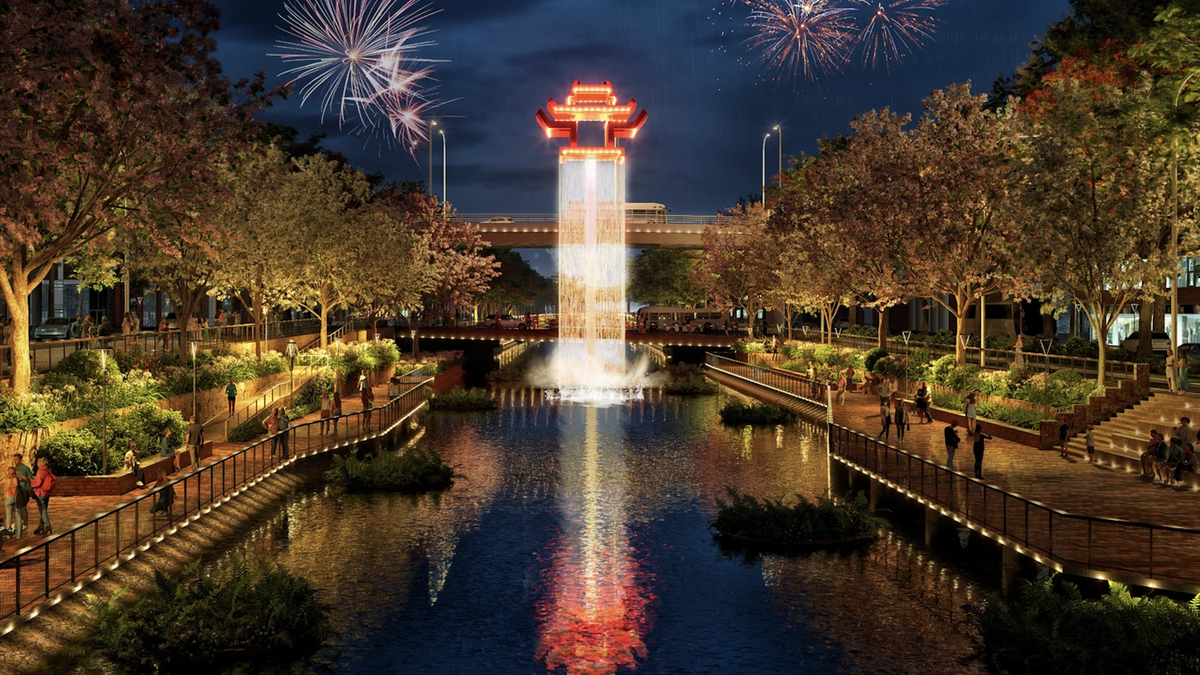


![[Photo] President of the Cuban National Assembly visits President Ho Chi Minh's Mausoleum](https://vphoto.vietnam.vn/thumb/1200x675/vietnam/resource/IMAGE/2025/10/1/39f1142310fc4dae9e3de4fcc9ac2ed0)
![[Photo] Keep your warehouse safe in all situations](https://vphoto.vietnam.vn/thumb/1200x675/vietnam/resource/IMAGE/2025/10/1/3eb4eceafe68497989865e7faa4e4d0e)
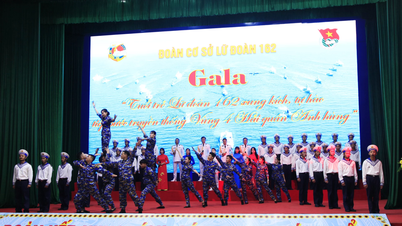

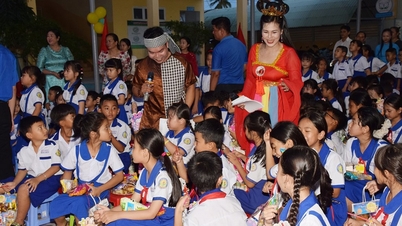


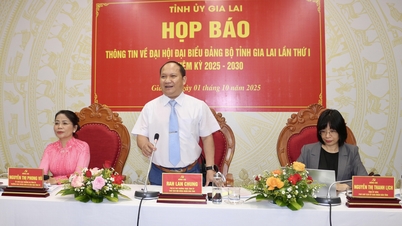
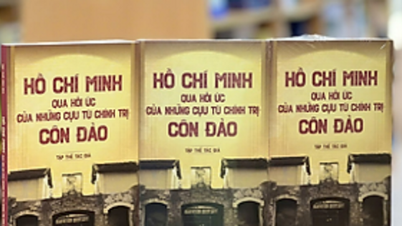









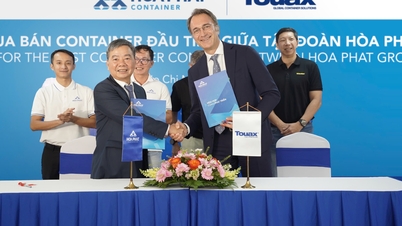
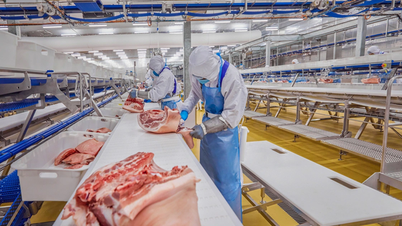



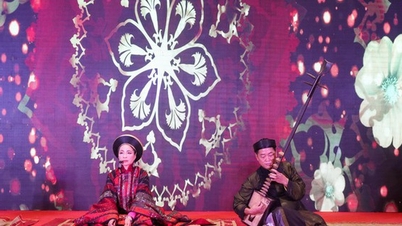

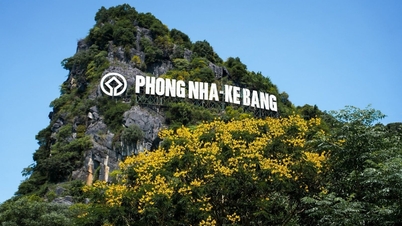



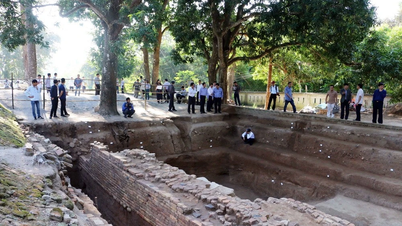

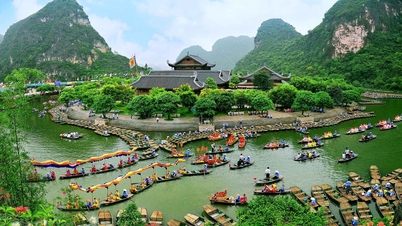
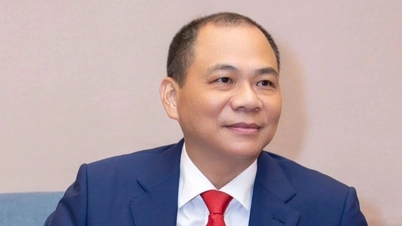

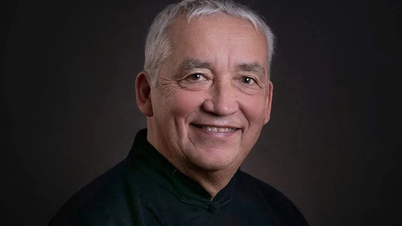



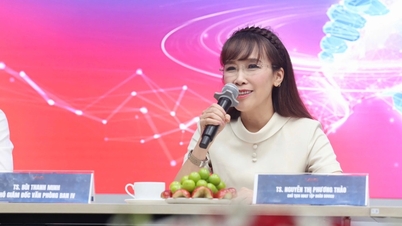
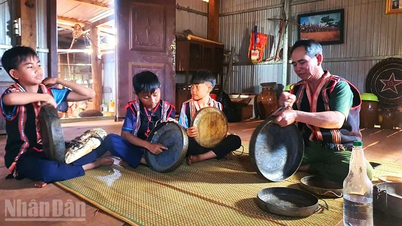


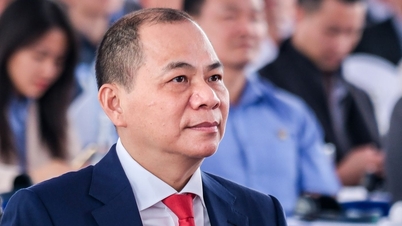


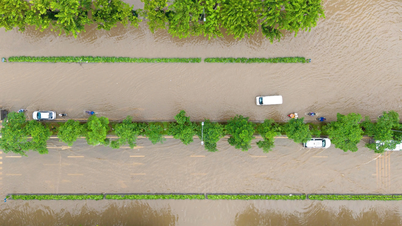


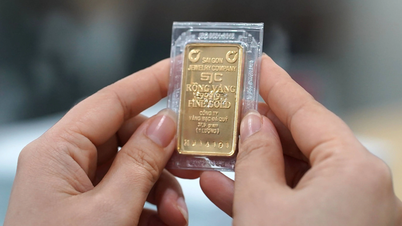
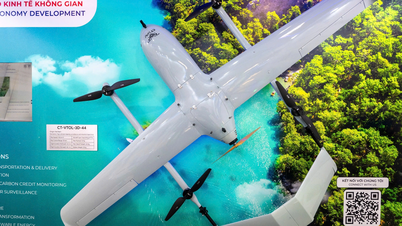


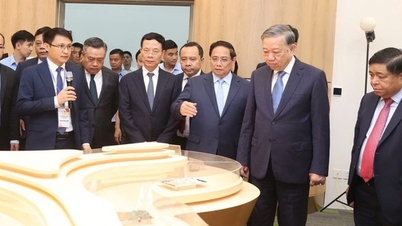
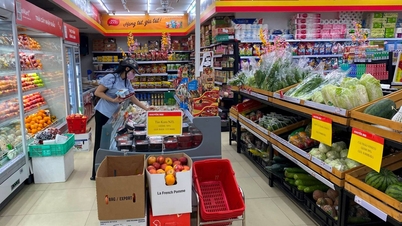

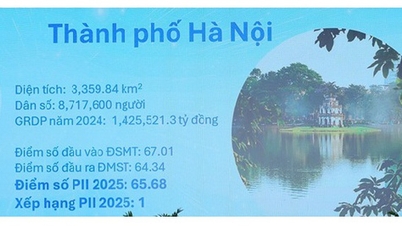
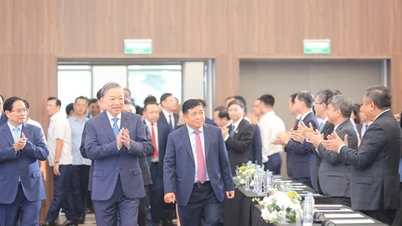
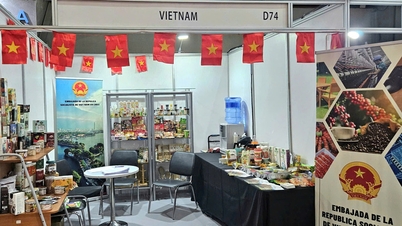
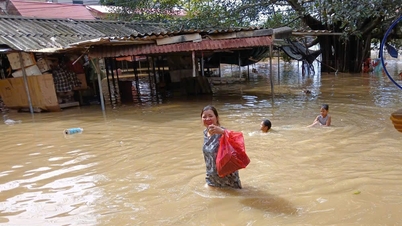

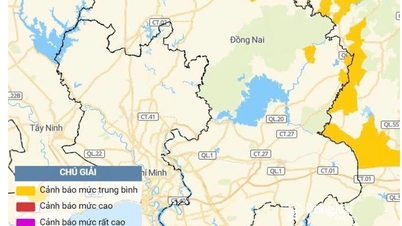

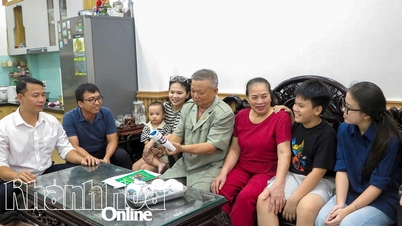


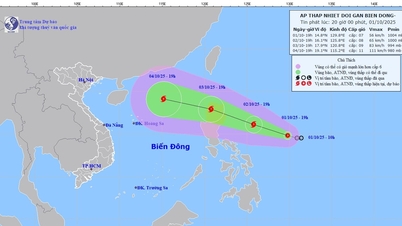

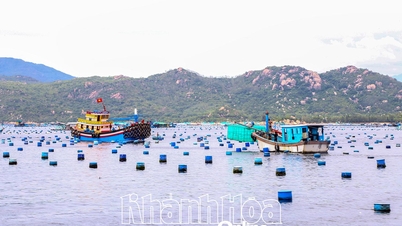






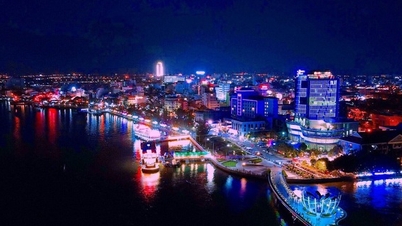







Comment (0)